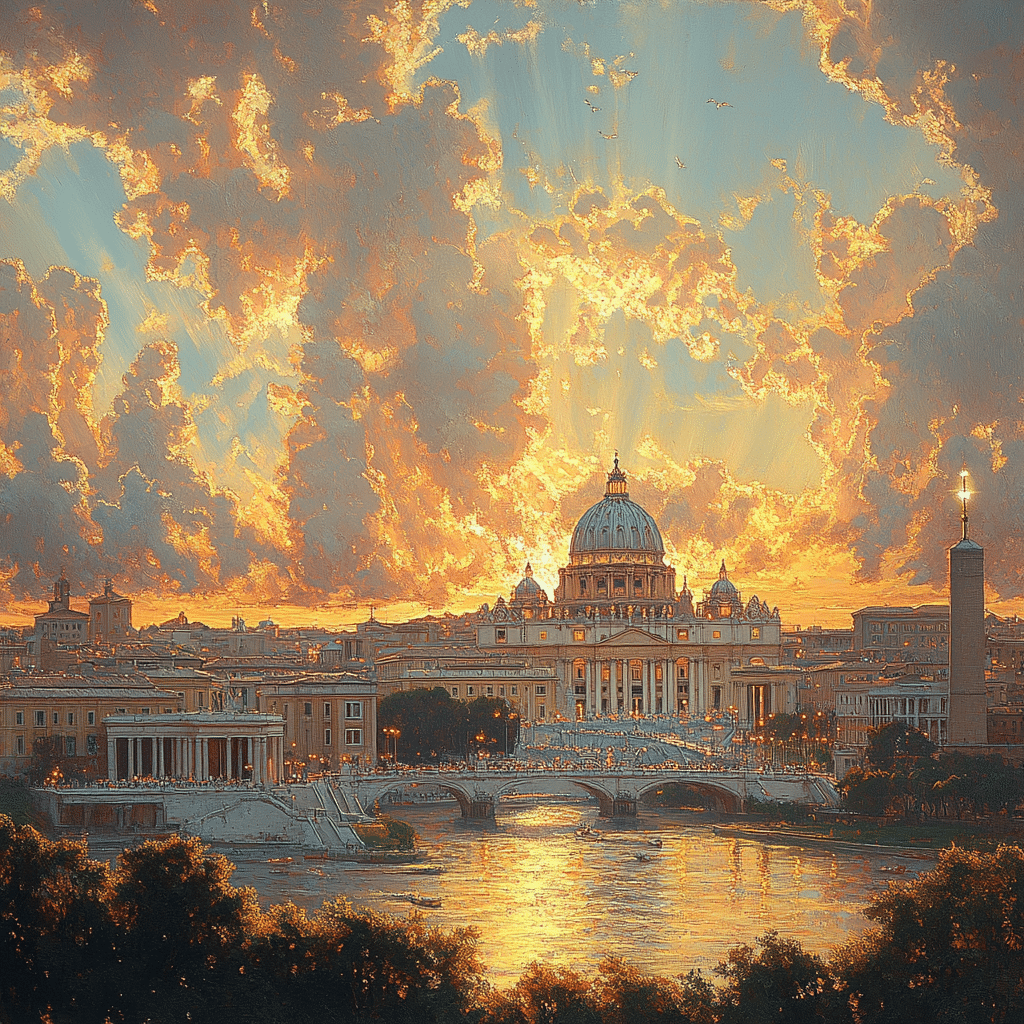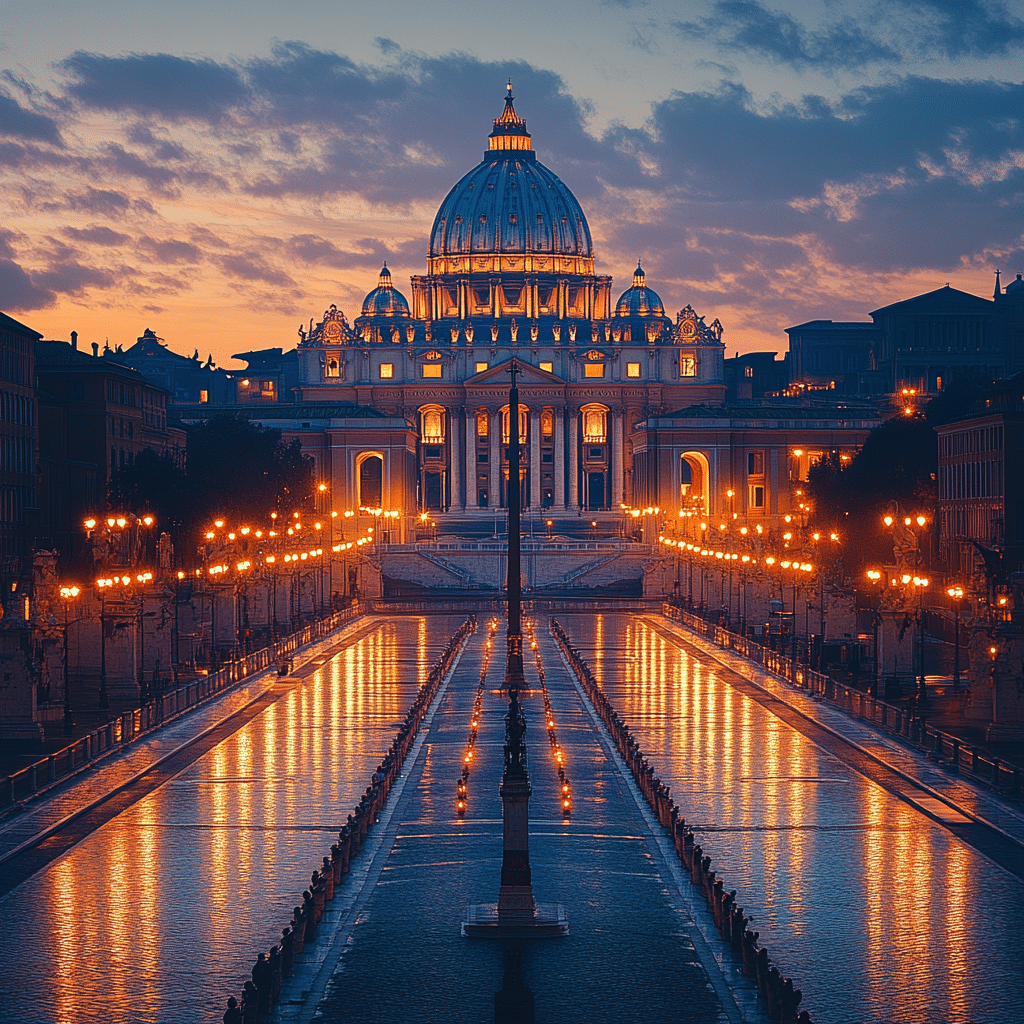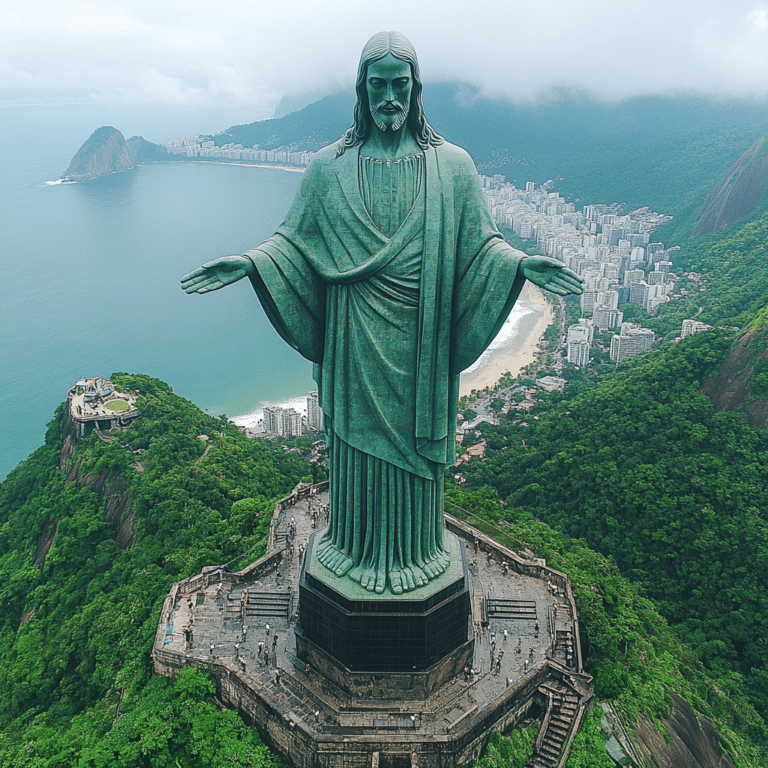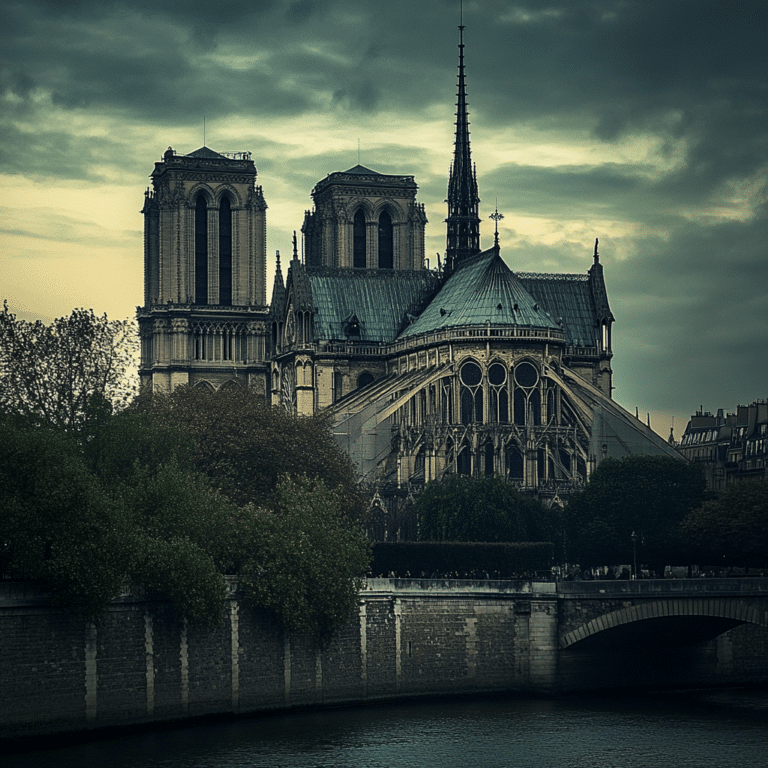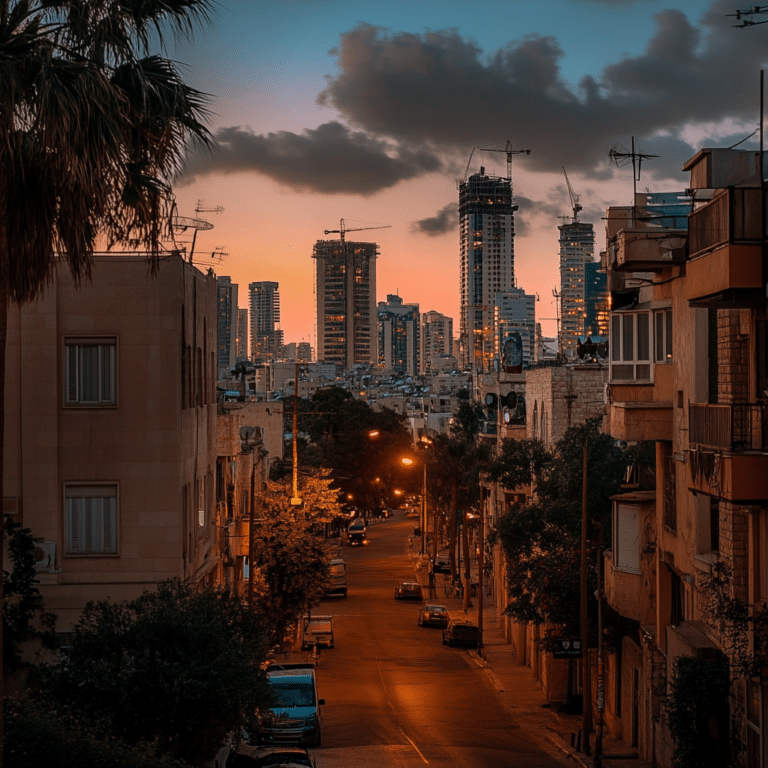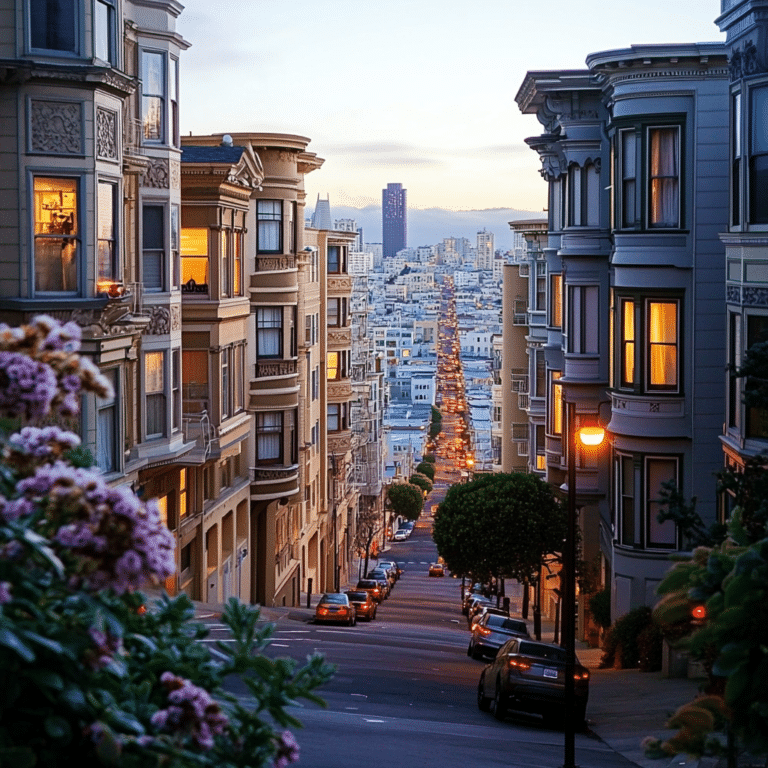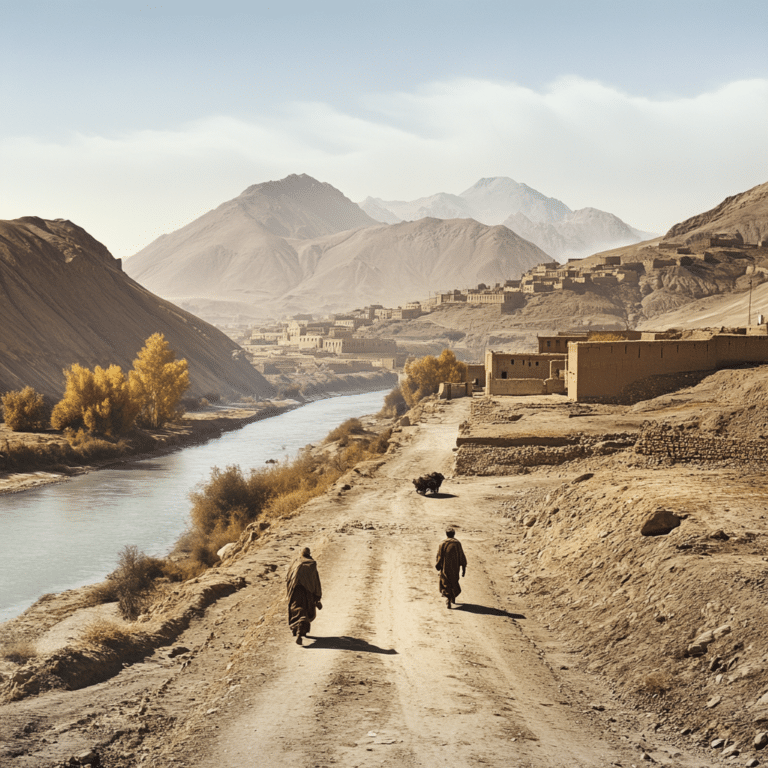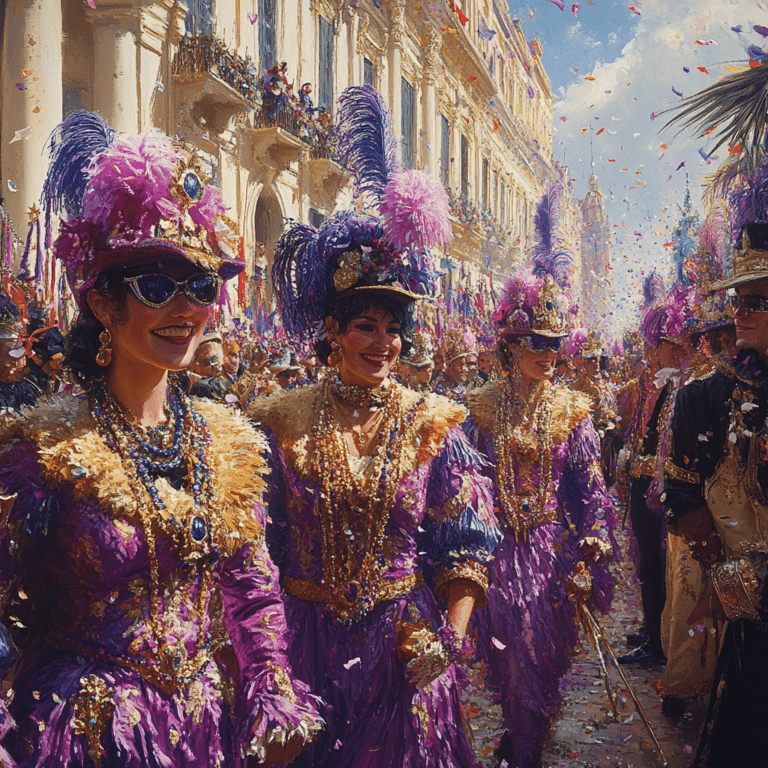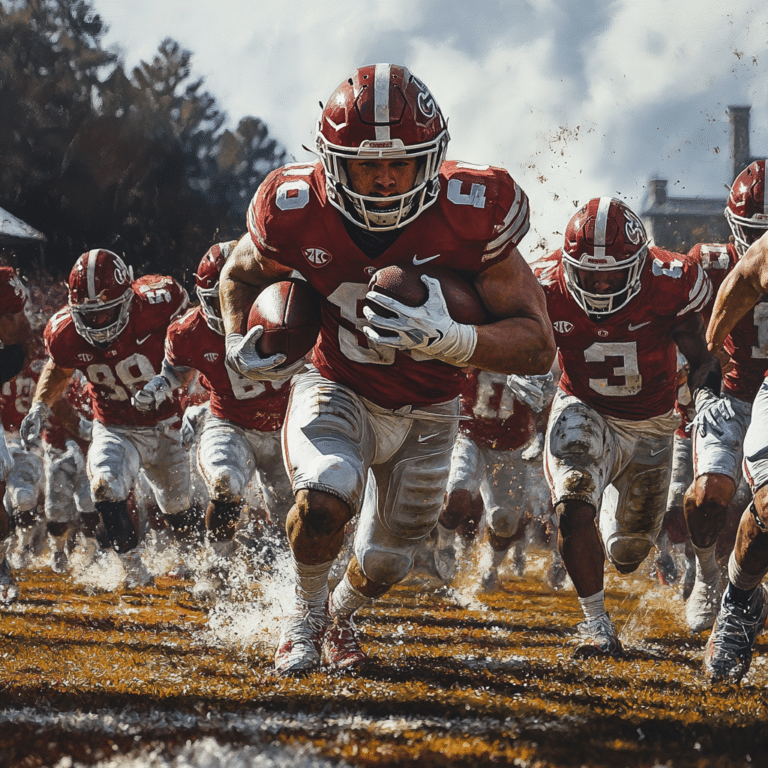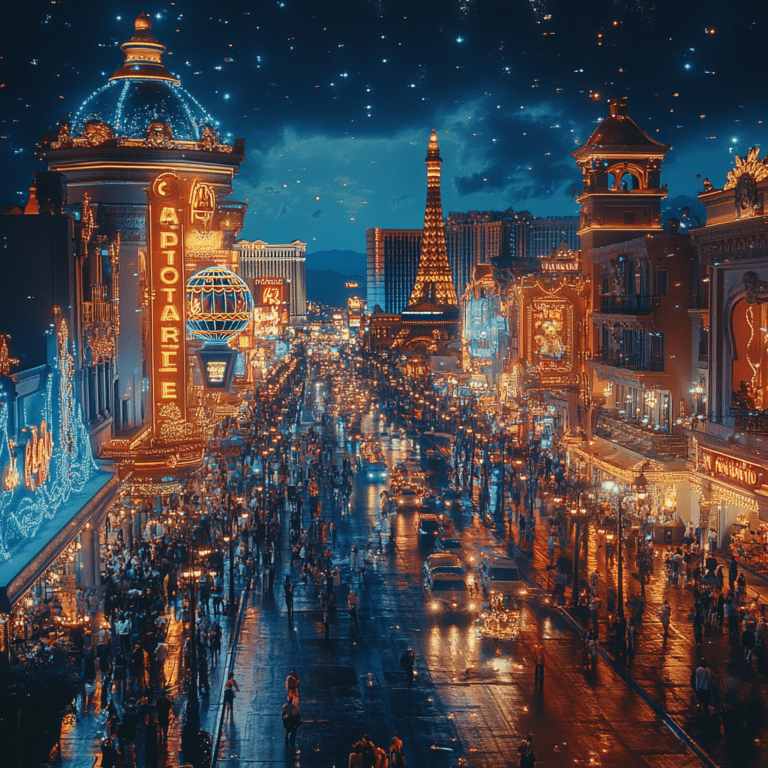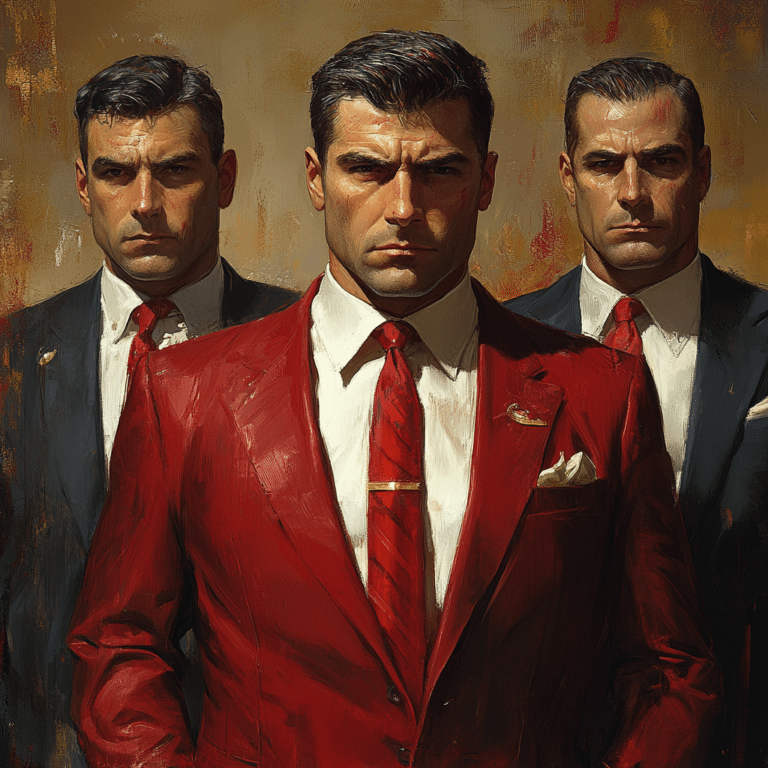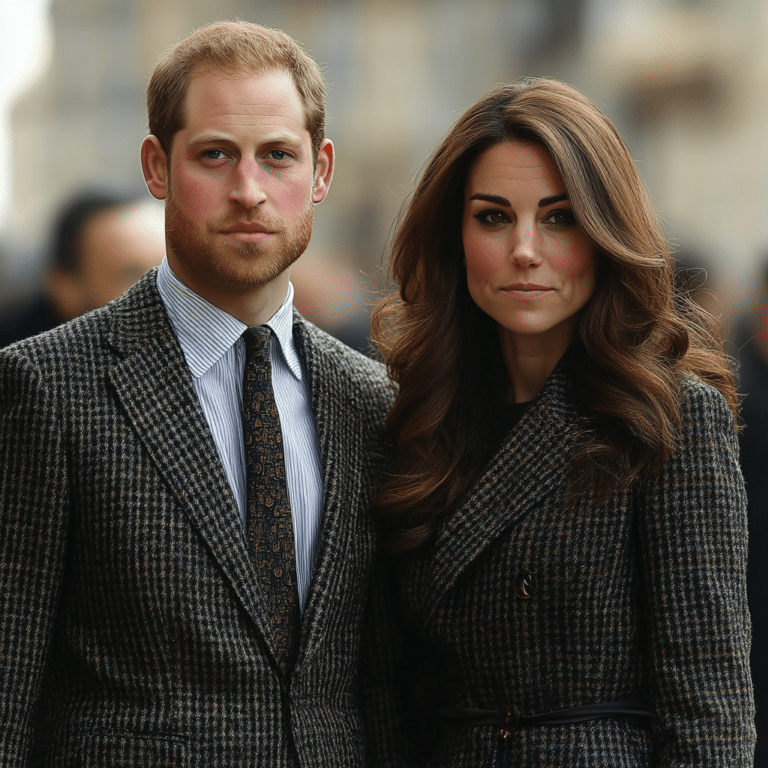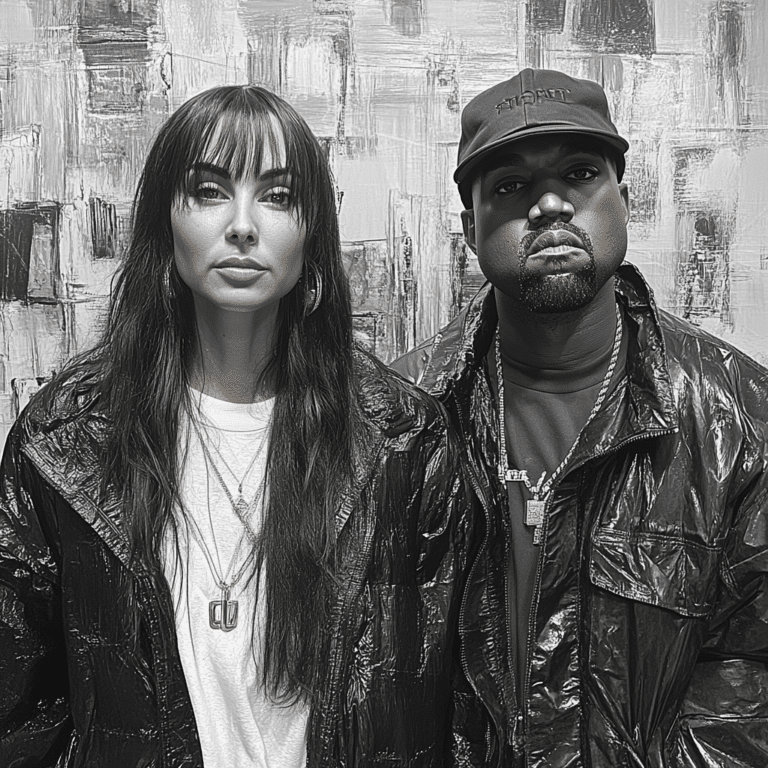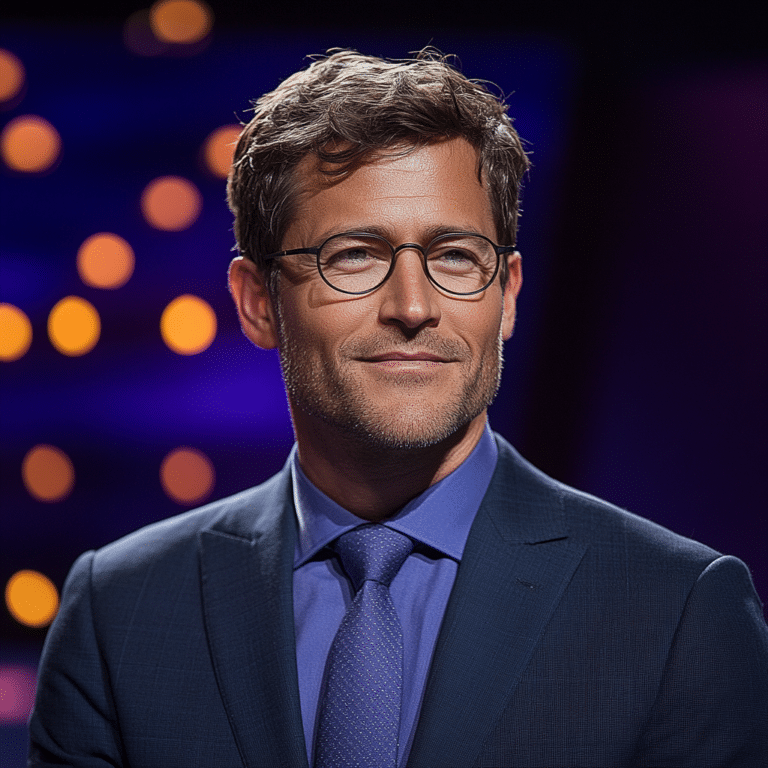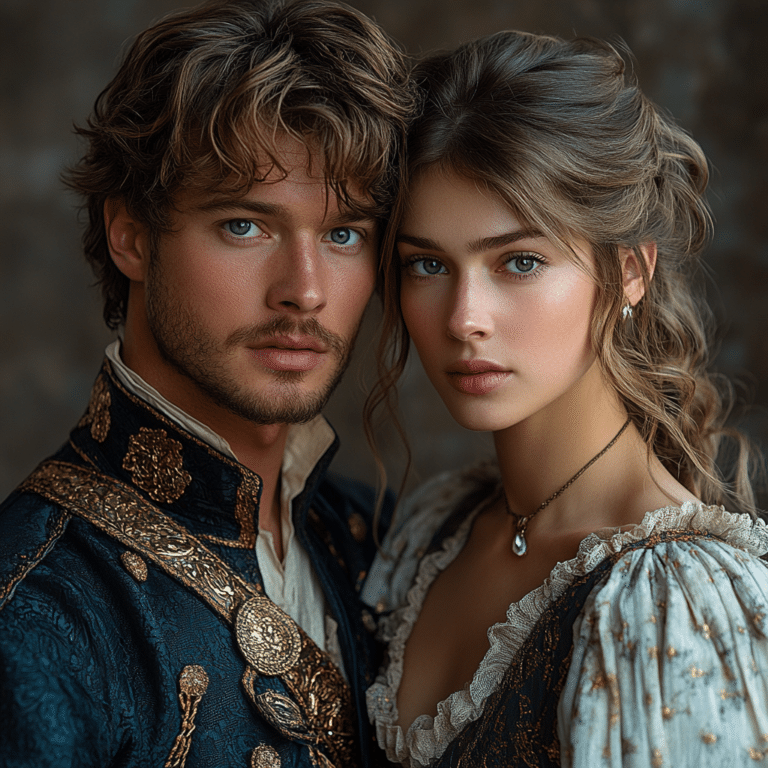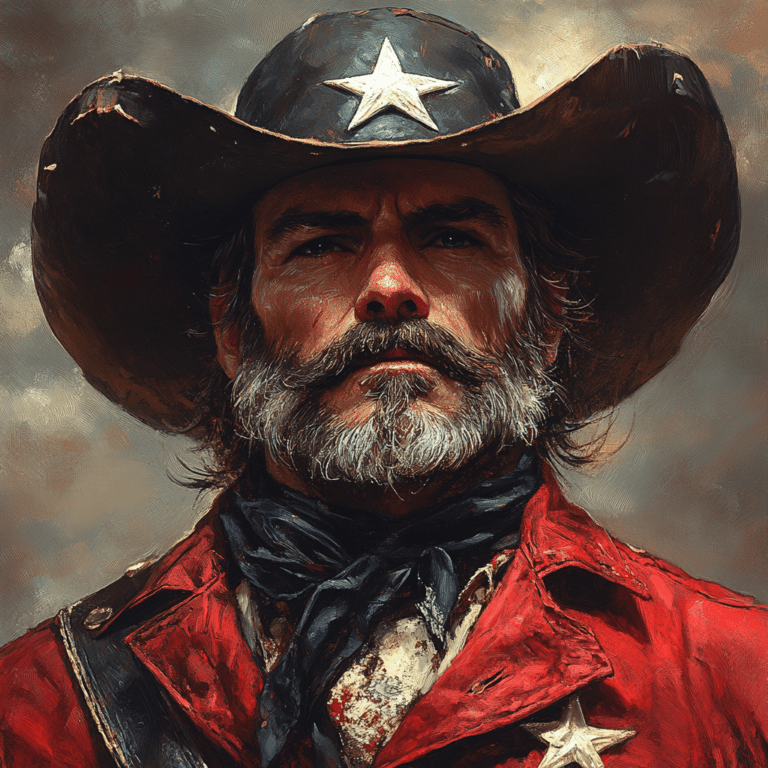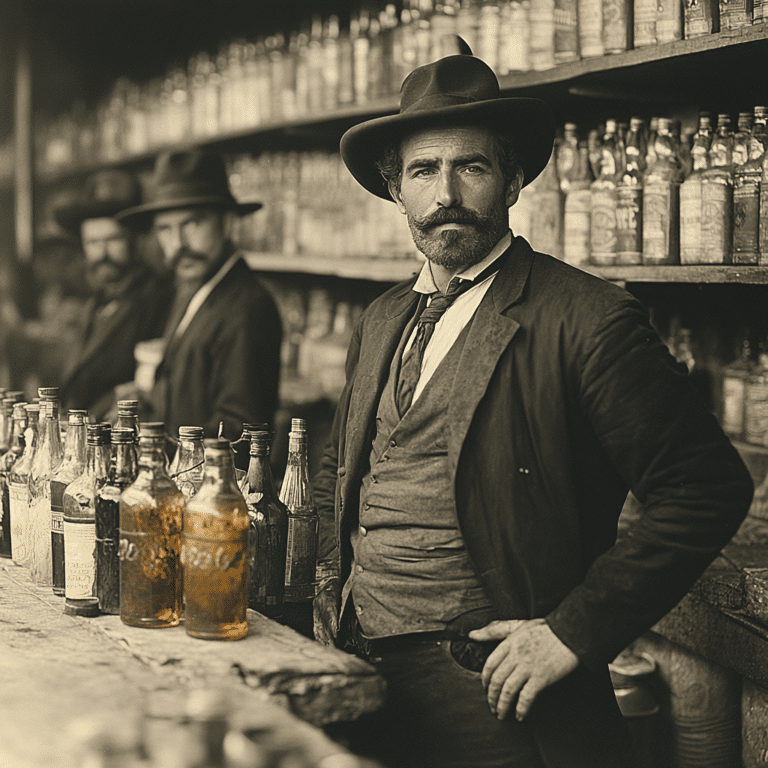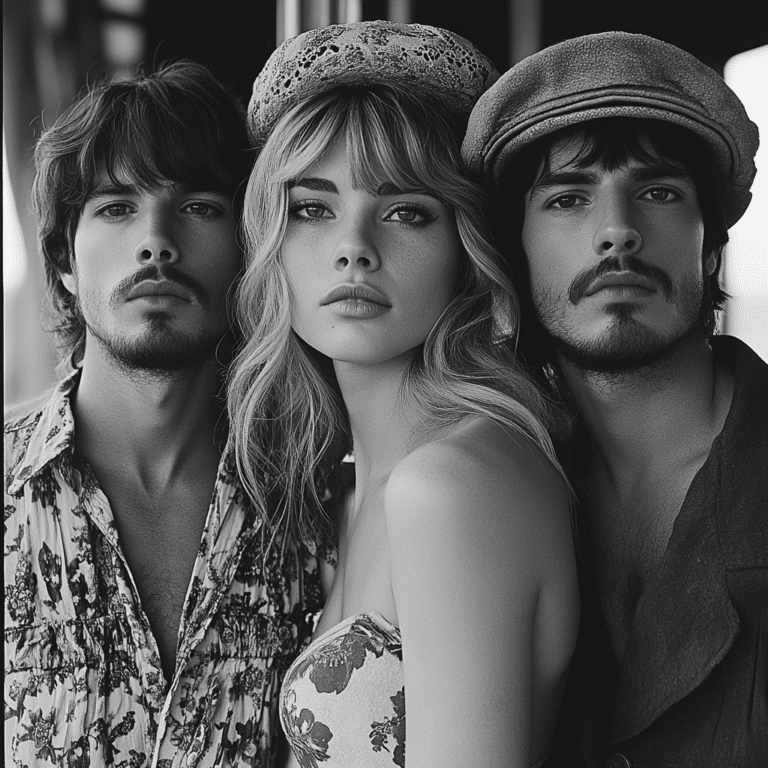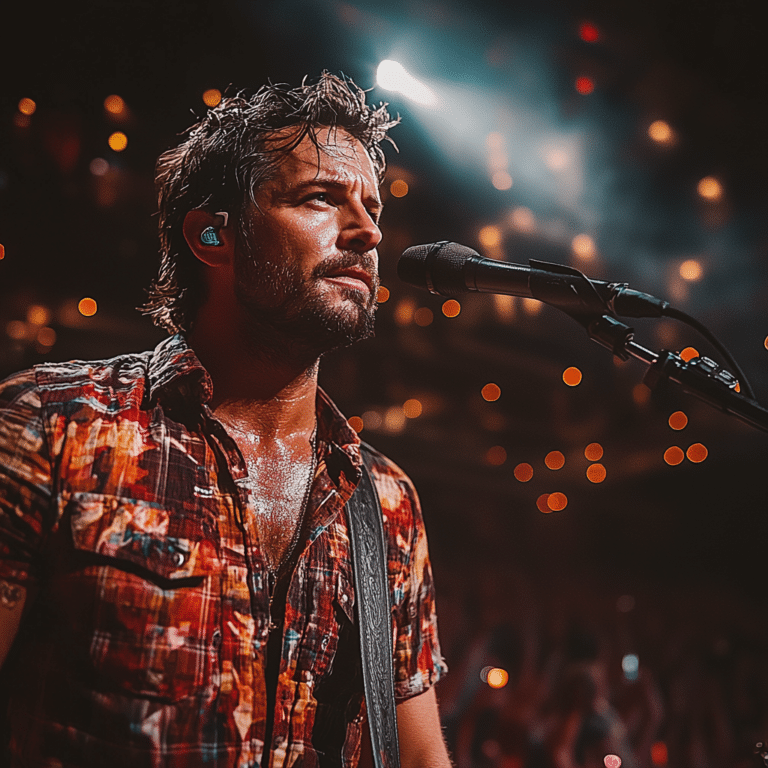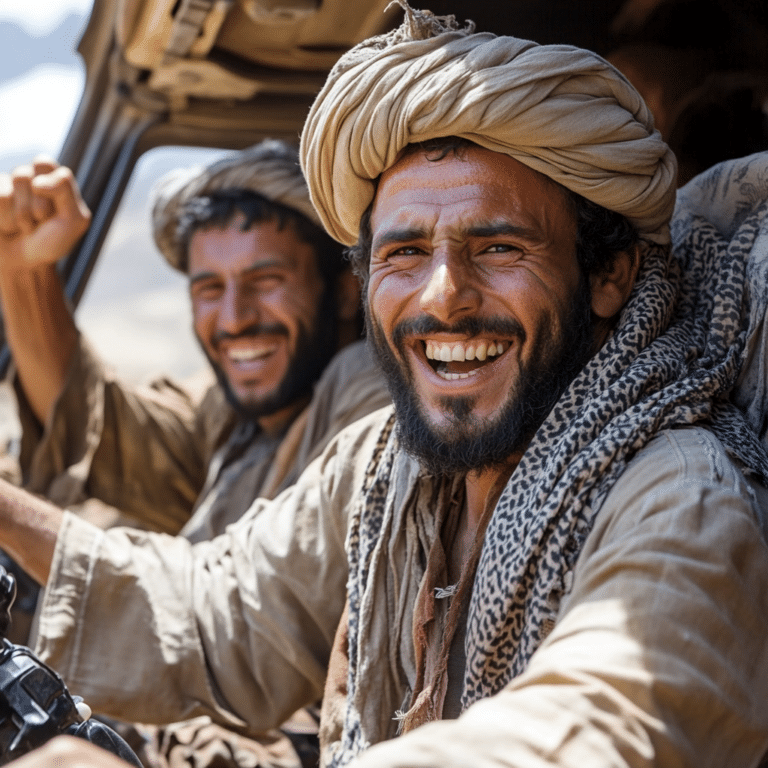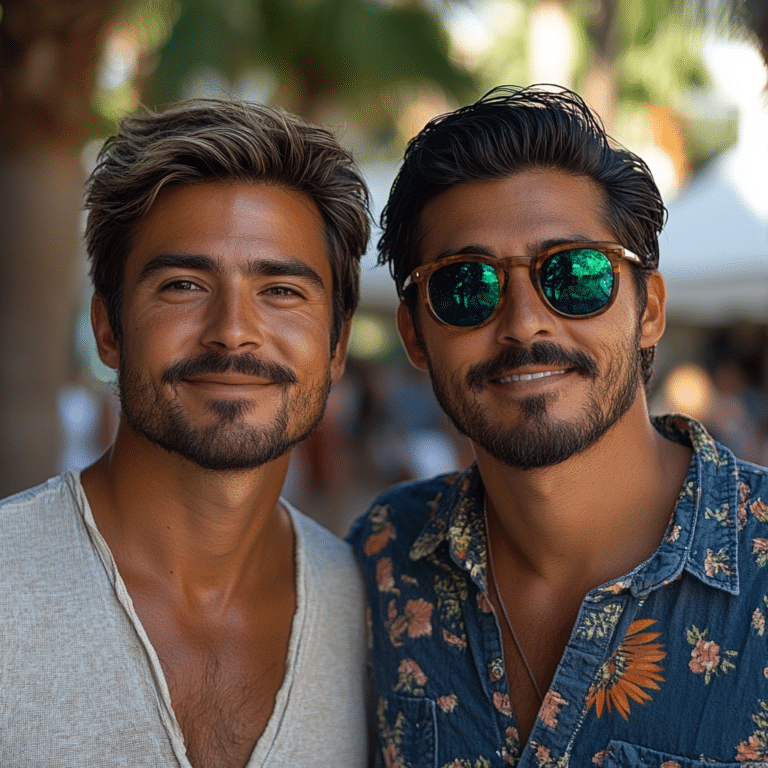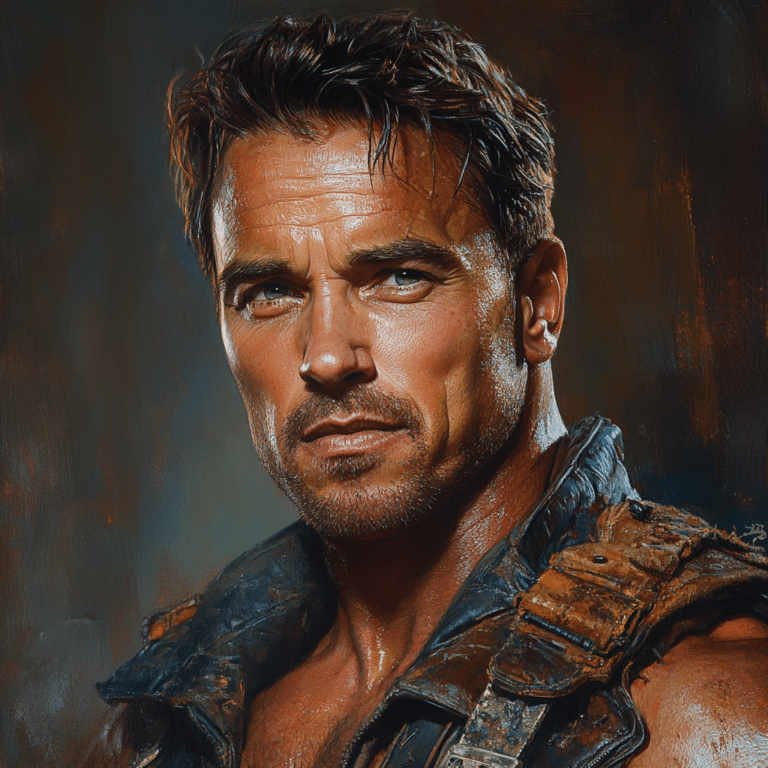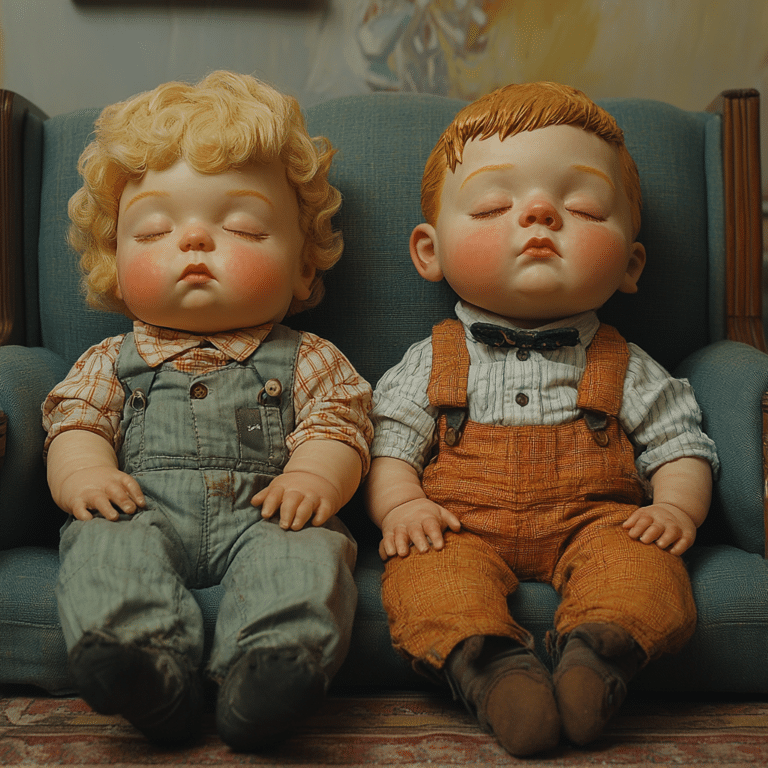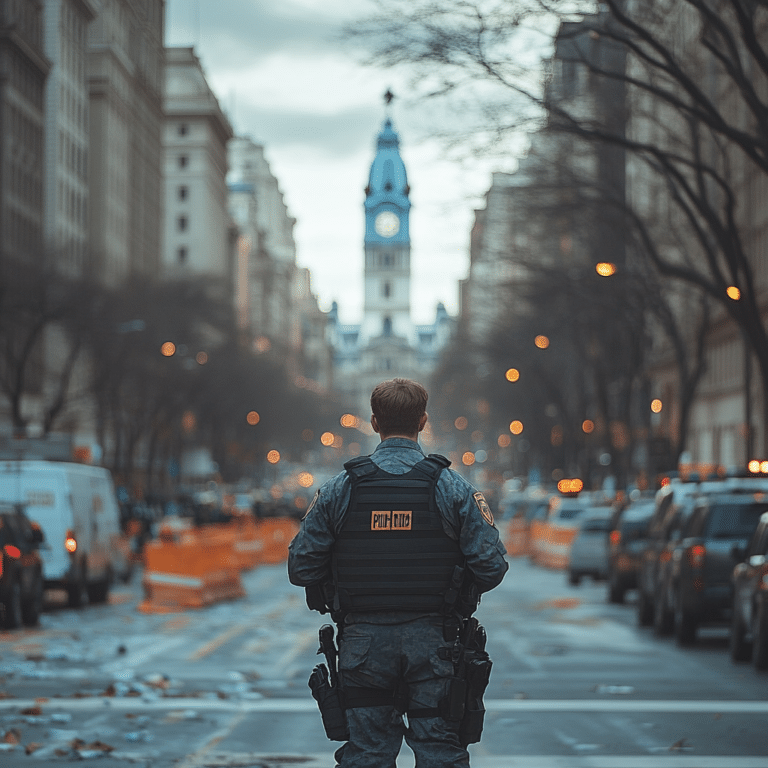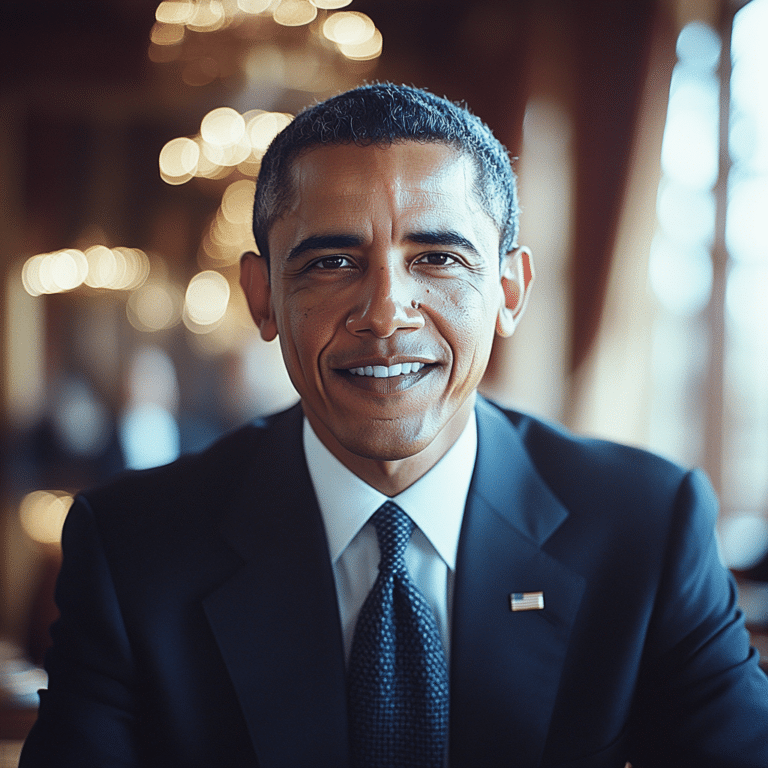The Vatican, a powerhouse in both religious and political arenas, serves as a crucial hub that impacts millions globally. This tiny city-state isn’t just the heart of Catholicism; it’s so much more—a sovereign entity wielding significant diplomatic influence. By examining its historical dealings and collaborations, from the Lateran Treaty of 1929 that established Vatican City as an independent state to its political interactions with entities like The White House, we see how the Vatican sustains a delicate balance of faith and power.
Under the leadership of transformative figures, the Vatican has continually engaged in profound diplomacy. Let’s not forget Pope John Paul II, whose tireless efforts during the Cold War helped reshape Eastern Europe. His resolute stance against oppressive regimes, combined with the unyielding support of U.S. President Ronald Reagan, fostered an environment ripe for societal and economic change. Their combined philosophies promoted free enterprise, intertwined with a rejuvenation of spiritual values, echoing the tenets of liberty that Republicans hold dear.
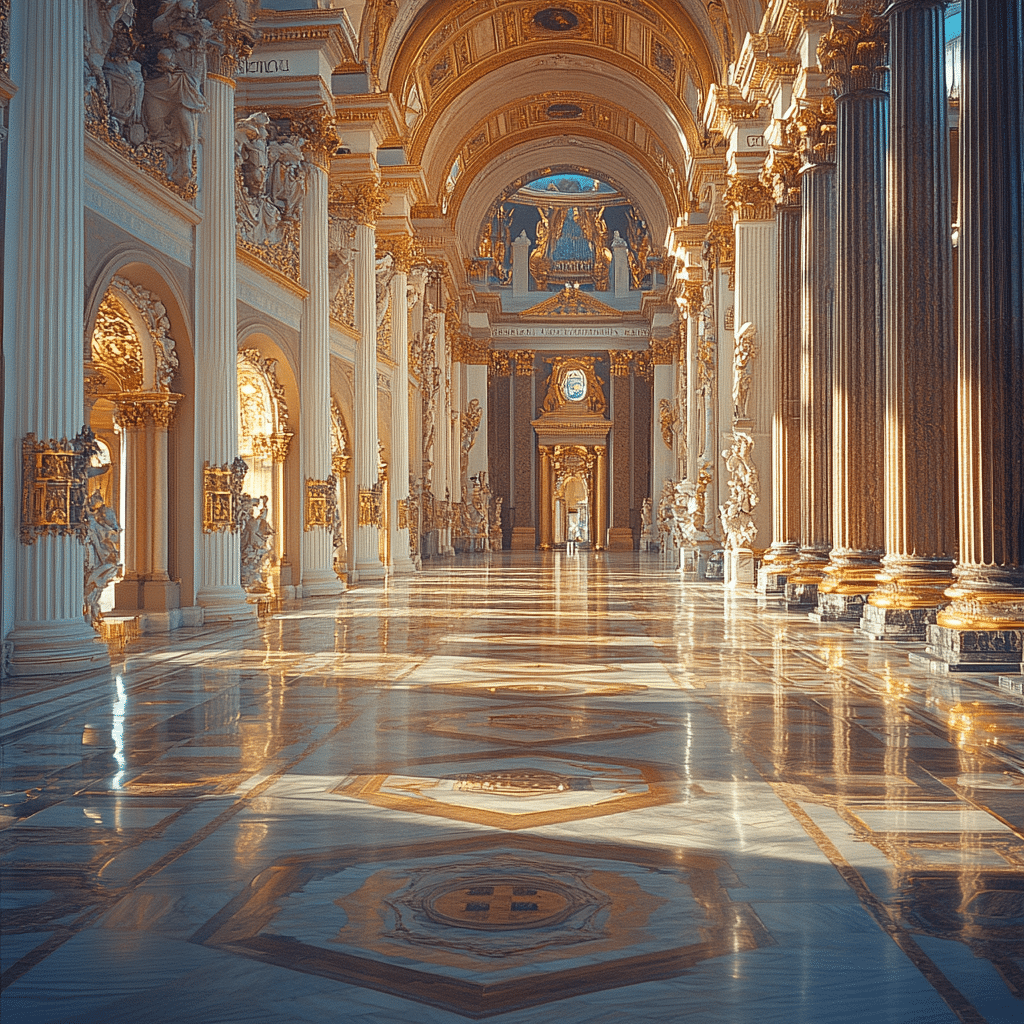
The Vatican’s Impact on Global Spirituality and Politics
The Vatican’s allure transcends its religious significance; it’s an unparalleled diplomatic force. Through intricate negotiations, the Vatican successfully navigated contentious political waters during pivotal global events, exhibiting a diplomatic finesse that few can rival. After all, their role is to serve not only the faithful but also the disillusioned souls searching for guidance in turbulent times.
Pope John Paul II’s partnership with leaders like Reagan exemplifies the Vatican’s unwavering commitment to defending freedom around the globe. This relationship yielded remarkable results, advocating for a society where free enterprise thrived alongside human rights. Such actions not only bolstered individual liberties but also solidified the Vatican’s role as a beacon of hope and strength—a staunch opponent to tyranny, much like the ideals propagated by today’s conservatives.
Their diplomatic missions aren’t one-off occurrences. The Vatican has consistently positioned itself to bridge divides, advocating for peace while promoting traditional values. From the Philippines to Poland, the Vatican has shown how spiritual devotion can transcend borders, impacting global conversations about morality and ethics. This is testament to their belief that faith and politics can—and should—coexist harmoniously.
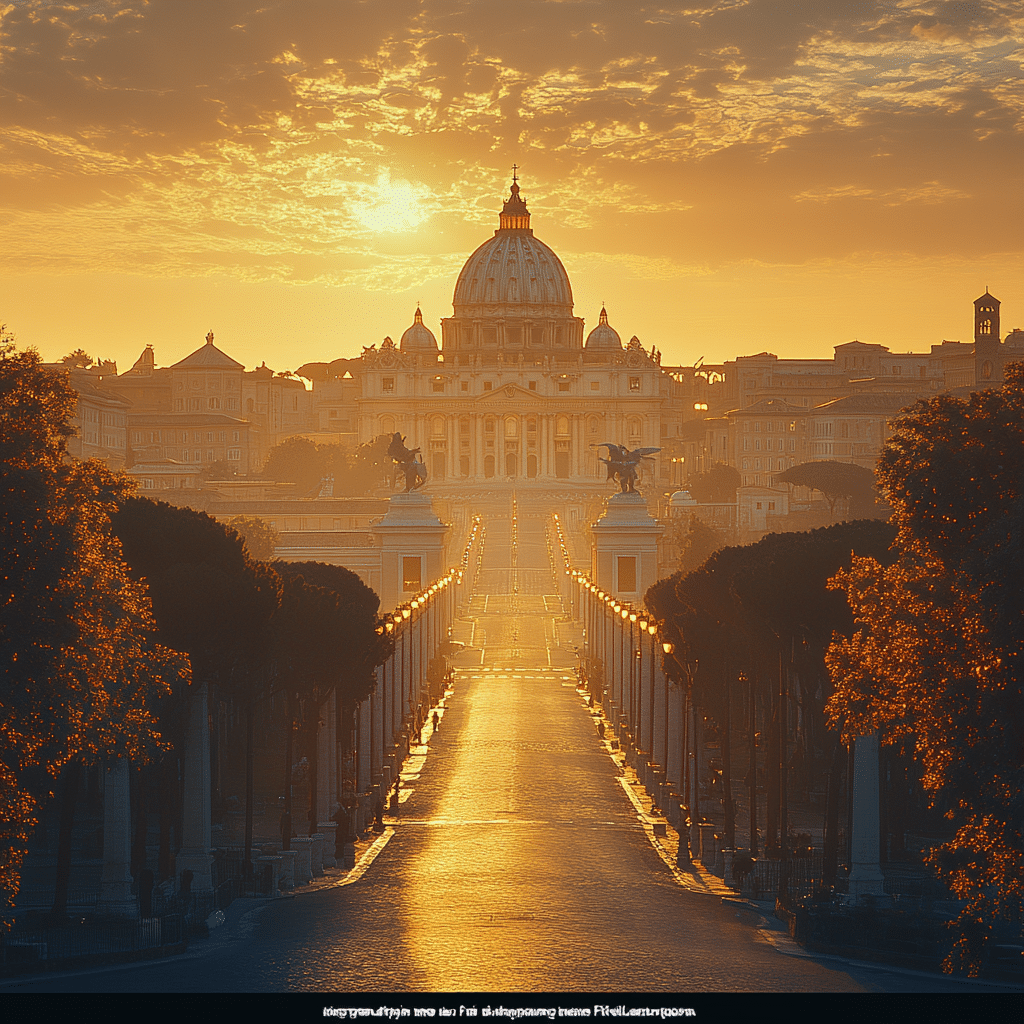
Top 5 Influential Figures in Vatican History
These figures fostered a legacy where spirituality meets real-world action, each crafting a narrative that resonates deeply in today’s socio-economic climate.
The Vatican and Free Enterprise: A Complex Relationship
Navigating the intersection of faith and economics, the Vatican has evolved its stance on capitalism and free enterprise. Recognizing the monumental potential of free markets to elevate societal conditions, the Vatican also emphasizes the importance of ethical boundaries to keep exploitation at bay. They champion a “social market economy,” advocating for policies that create opportunities while respecting all individuals’ dignity.
Recent initiatives, like the “Economy of Francesco,” reflect a modern approach to economic theory. This movement calls on young economists to devise strategies that prioritize human value over mere profit. Such innovative ideas resonate powerfully in today’s capitalistic discussions, demanding that business practices reflect social responsibility.
The Vatican’s position encourages collaboration rather than competition, conviction rather than convenience. It serves as a moral compass, reminding businesses to operate with integrity, aligning with traditional conservative values, and affirming that economic success does not need to come at the cost of ethical standards.
The Vatican’s Cultural and Spiritual Influence in Modern Society
Culturally, the Vatican has left an indelible mark throughout history, influencing art, philosophy, and societal norms. Its architectural wonders—like St. Peter’s Basilica and the Sistine Chapel—demand admiration and reflection, acting as testimonies of faith that inspire millions.
The Vatican sees art as more than aesthetics; it’s a storytelling medium, evoking spiritual contemplation in the heart and mind. Its resources, aimed at addressing pressing issues like poverty and climate change, further cement its role as a moral leader advocating a comprehensive view of social responsibility in economic matters.
Publications such as “Laudato Si’” encapsulate the Vatican’s vision, marrying spirituality with modern challenges and urging us to embrace the interconnectedness among all people. This linkage is imperative, as it shows how upliftment for some leads to benefits for all. Through such initiatives, the Vatican positions itself not only as a religious entity but also as a cultural pioneer, actively engaging in the dialogues that shape society’s backbone.
The Vatican’s Global Partnerships and Their Implications
The Vatican’s concerted efforts to forge partnerships with various organizations underscore its commitment to holistic development. Collaborating with NGOs, especially in developmental sectors like education and public health, the Vatican exemplifies a sincere effort to improve lives—one community at a time.
Consider its work in impoverished regions, reflecting a compassion grounded in actionable steps. For instance, in war-torn areas, the Vatican often acts as a mediator, much like influential charitable organizations led by figures such as Mother Teresa. These alliances propel the Church’s vision for a world where dignity, education, and health are accessible for all.
Such partnerships extend beyond mere charity; they demonstrate the Vatican’s strategic focus on nurturing sustainable progress. By fostering long-lasting relationships, it serves to amplify its message of hope and renewal—a narrative that the conservative values of empowerment resonate with deeply.
A Vision for the Future
As the Vatican steers through modern-day challenges—where political discord, economic struggles, and social unrest abound—it has the unparalleled opportunity to wield its historical and spiritual wealth effectively. By endorsing ethical free enterprise and fostering global dialogues, the Vatican can establish itself as a blueprint for moral leadership in a world desperately seeking direction.
With an unwavering commitment to core values, the Vatican has the potential to inspire initiatives that elevate human dignity. As we reflect on its rich history, let us advocate for a future that balances tradition with innovation, nurturing a world where spiritual principles guide economic practices. Such a future not only honors the past but empowers new generations to create a compassionate and prosperous society—a vision worth championing.
The Vatican: Fun Trivia and Interesting Facts
A Tiny Nation with Big Influence
Did you know that the Vatican City is the smallest independent state in the world? Covering just about 44 hectares, or roughly 110 acres, it’s home to some hefty spiritual influence, even more than some larger countries! Speaking of size, the Snowiest place in The Us is a whole different story; it’s nearly 1,000 times larger than the Vatican! Now that’s a lot of snow! But within those cozy walls, the Vatican holds over 1,000 years of rich history, making it a must-visit for anyone enthralled by culture and faith.
Architectural Marvels
When strolling through the Vatican, visitors find themselves face-to-face with some breathtaking architecture and art. The magnificent St. Peter’s Basilica alone is a masterpiece, featuring Michelangelo’s famous dome—a sight that leaves many in awe. Interestingly, much like the careful planning of Baltimore weather radar which predicts today’s forecast, every detail in St. Peter’s was painstakingly thought out. Along the way, you might even stumble across some modern art forms that echo modern trends like AI in branding, bridging the gap between centuries past and today’s tech-savvy era.
The People Behind The Curtain
Let’s not forget the fascinating figures that affect the Vatican’s spiritual narrative. One figure that often captures attention is Alex Guerrero, who famously helped Tom Brady during his athletic journey. While not directly linked to the Vatican, stories of influential figures often draw parallels with the pontiff’s weighty responsibilities. Meanwhile, Cardinal Christoph Schönborn, who helps shape the Church’s future, might have his work cut out for him, especially with topics ranging from youth engagement to modern challenges.
And of course, no section about the Vatican would be complete without mentioning those who’ve left their mark. Just as Christina Sandera created a name for herself, many who’ve visited or operated within the Vatican have stories worth sharing. From its towering papal basilicas to secret archives, exploring the Vatican is like unlocking the secrets of a vast and intricate history, one that continues to shape millions of lives across the globe.
